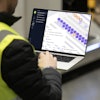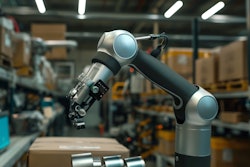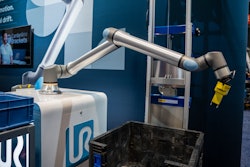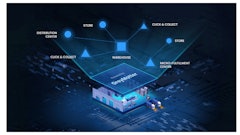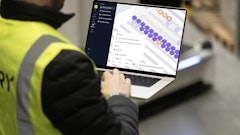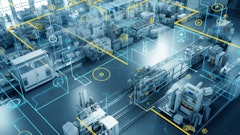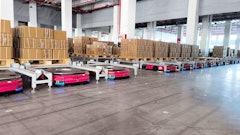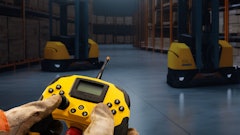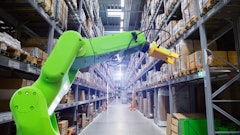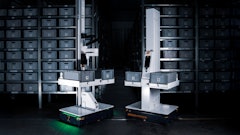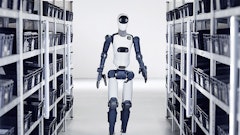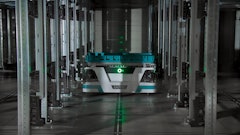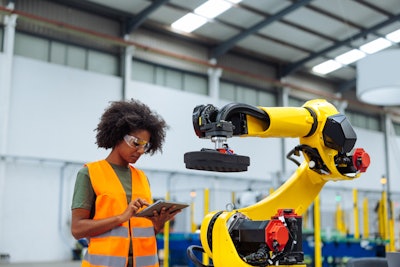
Will artificial intelligence and automation replace procurement professionals?
It’s a catchy question, but it’s the wrong conversation. The most forward-thinking organizations aren’t choosing between people and technology; they’re making them work together.
For example, companies shouldn’t just buy ready-made software. They need to build and implement tools that fit specific needs, including a negotiation platform and a vendor-performance monetization system. These tools deliver significant cost efficiencies, improved supplier transparency, speed up decision-making, and free up teams to focus on strategic work.
What humans do best and what machines do better
Machines are great at processing huge amounts of data and automating repetitive tasks. They can gather market data, analyze supplier performance at scale, and spot issues no human could find quickly enough.
People, on the other hand, are better at navigating complexity reading the room, weighing trade-offs, and building lasting relationships. Combine those strengths, and procurement becomes faster, smarter, and more adaptable.
This is already happening. AI-assisted negotiation tools are taking care of routine contracts and price adjustments, allowing humans to focus on high-value deals and building partnerships.
A before-and-after that changes how you work
Preparing for a major supplier review could take months of manual work. Today, a negotiation tool delivers updated market benchmarks and historical performance KPIs in minutes.
Instead of chasing numbers, the team now focuses on creating strategies and leading meaningful negotiations. The monetization system links supplier incentives directly to performance, making expectations clear and encouraging continuous improvement.
The result is not just faster processes; it’s better decisions. Many manufacturers report the same: AI can compress years of expertise into minutes of analysis, while humans remain in control for the final judgment.
From “nice to have” to essential
In global manufacturing, AI has moved from being a trial project to being essential. Industry reports show that AI is now central to resilience, planning agility, and productivity. The winning formula is clear: a combination of AI and human experience.
Analysts expect fast growth in AI-enabled procurement tasks from contract risk analysis to guided supplier interactions. The common thread is augmentation, not replacement.
Making human plus machine work in practice
Getting real results takes more than installing software. Three steps make the difference:
Build skills, not just systems. Tools are only as good as the people using them. Training should focus on understanding insights and acting on them, not just on which button to click. Teams need to challenge the system’s output, test scenarios, and turn analytics into negotiation strategies.
Roll out in phases. Start where data is strong and complexity is manageable. Early successes build trust, fix data gaps, and prepare the team for wider adoption.
Keep people in control. Governance is key. Let AI flag risks or suggest actions but keep humans responsible for when and how to act.
Measure what matters
If you want human + machine to last, measure results, not tool usage. Look at sourcing cycle times, savings achieved, supplier performance trends, and the share of decisions based on AI insights. Share these wins internally and with suppliers to keep the momentum going.
The road ahead
Markets will keep changing fast. Procurement will continue to face the challenge of doing more with fewer resources. Treating technology as a rival is a dead end. Treating it as a multiplier and building teams, processes, and governance around that idea is how you stay ahead.
The future isn’t about choosing between technology and people. It’s about combining them to deliver consistent, meaningful results.

